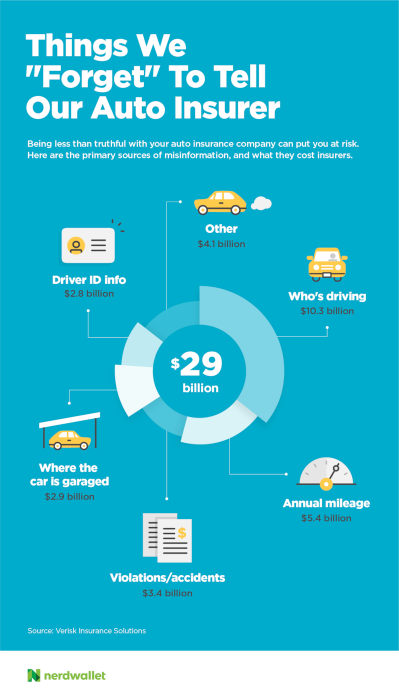If you believe recent reports from the web, you probably think millennials are financial floozies, trading their retirement money for venti lattes.
The reality is probably not that bad, but also not as click-worthy: Research from the Transamerica Center for Retirement Studies indicates that nearly three-quarters of millennials are saving for retirement and that we started doing so at an earlier age than previous generations. Wells Fargo data show that of those who are saving, half are putting away 6% of their income or more. What we’re not so hot at, according to many of these same surveys, is investing. Many of us are frightened or confused by the topic and even inclined to put our money in a sock and call it a day. That’s a problem, because investing the money you save is nearly as important as saving it in the first place. Here are five crucial moves millennials can make to overcome their investing anxieties.
1. Get an education
At least this one will be free. Investing is understandably scary. Until you learn what you’re doing, it feels an awful lot like gambling in Vegas without the free drinks.
There are plenty of resources to guide you through the basics; you just have to put in the time. Khan Academy is a good place to start, as is NerdWallet’s guide on how to invest in stocks. Morningstar has a good, if slightly dated, investing classroom, and online brokers often have a ton of beginner-focused educational materials on their websites. 2. Say hello to risk
Risk is kind of like that friend who regularly cancels plans but always comes through in a pinch. There might be heartache in the day-to-day, but in the long run, you’ll be glad you stuck it out. In investing, more risk means the potential for more reward. Investments that require you to take on risk, like stocks, have to offer you a premium for doing so. Could you lose money and never collect that premium? Sure, but that’s unlikely when you’re in it for the long term. History illustrates this: A portfolio of 100% stocks had an average annual return of 10.1% between 1926 and 2015, according to a study by Vanguard. A portfolio of 100% bonds returned roughly half that, averaging 5.4%. To put that into real-money terms, if you invested $5,000 for 50 years at a 10.1% return, you’d have $614,000. At a 5.4% return, you’d have just $69,000. But a 2015 study from BlackRock found that millennials might have as much as 70% of their money in cash, meaning a savings account, a pillowcase, old sneakers. At today’s historically low interest rates, it’s all roughly the same. That $5,000 becomes just $8,000 at a 1% return; in your shoe, it stays $5,000. Factor in inflation —a force that millennials may soon notice for the first time in their adult lives —and you’re actually losing money. 3. Take that risk through index funds
That 70% would be a reasonable stock allocation for your retirement portfolio — and even that might be on the low side. At this age, you should have most of your long-term savings invested in stocks. The best way to do that is not by dumping your money into Apple stock, but with low-cost index and exchange-traded funds. Those funds pool investor money to buy many different investments in one swoop. You can buy a couple of funds that hold the stock of U.S. companies, one that holds international companies and one that holds emerging-markets companies and you’ll be reasonably diversified. You can learn more about building a diversified portfolio in NerdWallet’s piece on investing in your 20s. 4. Put a lid on fees
You can’t control the ups and downs of the stock market. What you can mostly control are investing costs — fees charged by your index funds (called expense ratios), administrative fees in your 401(k) and transaction fees incurred when you buy and sell investments. Every dollar that goes to these costs is a dollar that reduces your returns. Keep transaction costs down by limiting unnecessary trading and using commission-free and no-transaction-fee funds. Most brokers will have a list of both types of funds. If an index fund’s expense ratio is more than 0.25%, you can likely do better with another. 5. Use a Roth IRA or a Roth 401(k)
Contributions to a traditional 401(k) or IRA are made with pre-tax dollars; you pay taxes when you take distributions in retirement. But you can also pay taxes now and spare your future self the burden by choosing a Roth IRA (check Roth IRA contribution limits to gauge your eligibility) or the Roth version of your 401(k), if your employer offers that option. Why choose a Roth? If your income is lower now than it will be later — a likely scenario for many young professionals — you’re locking in at lower tax rate. And because you’re not getting a tax benefit now, you get to pull out the money — both your contributions and investment growth — tax-free in retirement. To see how valuable that is, use a Roth IRA calculator. If you have more questions about Roths, see our complete Roth IRA guide.
Arielle O’Shea is a staff writer at NerdWallet, a personal finance website. Email: aoshea@nerdwallet.com. Twitter: @arioshea. This article was written by NerdWallet and was originally published by Forbes. The article 5 Essential Investing Moves for Millennials originally appeared on NerdWallet.






















